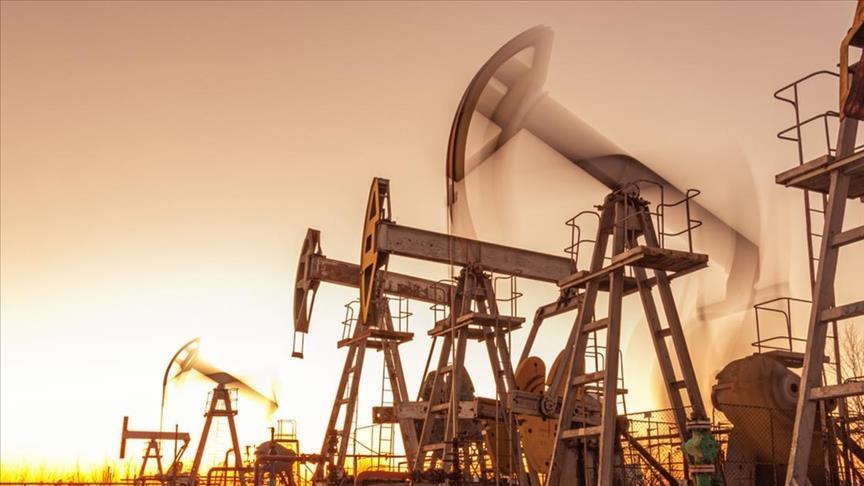Saudi Arabia's decision to cut its production capacity by one million barrels per day (bpd) has made a vast impact on global markets but also revealed Riyadh's preference for higher prices over more supply.
On Tuesday, the country’s national oil company Aramco announced that it “received a directive from the Ministry of Energy to maintain its Maximum Sustainable Capacity (MSC) at 12 million bpd and not to continue increasing its MSC to 13 million bpd.”
Saudi Arabia, the world's largest crude oil exporter and leader of the Organization of Petroleum Exporting Countries (OPEC), has significantly reduced its production since 2022, aiming at stabilizing and potentially increasing oil prices to ensure lucrative revenue streams from its crude exports.
Persistently low prices first led the OPEC+ group to issue a 2 million-bpd production cut in October 2022. In November, the group decided to extend the cut until the end of 2024.
Saudi Arabia is also cutting 500,000 bpd as part of the voluntary cuts of around 1.6 million bpd implemented as of May.
Despite these supply cuts, prices continued to decline, and projections of a supply surplus in the first quarter of 2024 caused the group to further deepen production cuts.
Saudi Arabia, which shouldered the majority of these cuts, announced that it would cut 1 million bpd in July last year. The cuts were first postponed until the end of 2023 and then extended to cover the first quarter of this year.
According to the data from OPEC’s monthly oil market reports, while Saudi Arabia's production was 10,991 bpd before the cuts in October 2022, it fell to 8,956 bpd in December 2023.
-Markets positively react to Aramco's decision
Douglas McDonald, an analyst at IGM Energy Commodities, said Aramco’s announcement not to expand oil production capacity came as 'a surprise,' but yet markets have positively braced for the move.
McDonald recalled that the Saudi Ministry of Energy issued a directive in March 2020 to expand the MSC from 12 million bpd to 13 million bpd by 2027 to enhance the kingdom's oil production capabilities.
This expansion, McDonald added, was anticipated to be supported by major projects such as Ain Dar, Fazran, Berri, Dammam, Khurais, Marjan and Zuluf, which were expected to contribute nearly 1.7 million bpd in additional production and offset declines in other aging fields.
However, the IGM analyst underlined the wording in Aramco’s press release, in which the company said it would 'maintain' the MSC at 12 million bpd. He suggests this was a notable shift in its strategy and indicates minimal progress towards the ambitious 13 million bpd expansion goal.
This change, McDonald noted, may signal a faster-than-anticipated decline in the kingdom's production capacity.
“Choosing not to expand as quickly means that Saudi Arabia can retain more control of the market over the long term. It is also expected to save around $25 billion in capital expenditures (CAPEX) and operational expenses (OPEX) associated with maintaining that capacity,” he said.
McDonald further clarified that the MSC pertains to production capacity rather than actual output, emphasizing that increasing it is primarily about enhancing operational flexibility and the potential for short-term output increases.
“The 12 million bpd has little bearing on reality in any case. Aramco has rarely produced above 11 million bpd, and only once—in April 2020—has it reached the 12 million bpd level,” McDonald said.
“Dropping output seems to have a more positive impact on the market and raising it has perhaps begun to lose relevance,” he added.
The analyst suggests that while maintaining market share remains crucial for Riyadh, the kingdom's strategic pivot indicates that “it has learned the lessons of 2020 and is prioritizing the ability to influence price rather than volumes.”
By Sibel Morrow
Anadolu Agency
energy@aa.com.tr


